Plug plants of houseplants are a clever format that is becoming increasingly popular: young plants at an affordable price, easy to handle, and ready to be transplanted. Ideal for gradually building your collection of green plants or trying new varieties without breaking the bank. But to ensure a good start, it is essential to repot these mini-plants quickly after receiving them. Here’s how to proceed step by step.
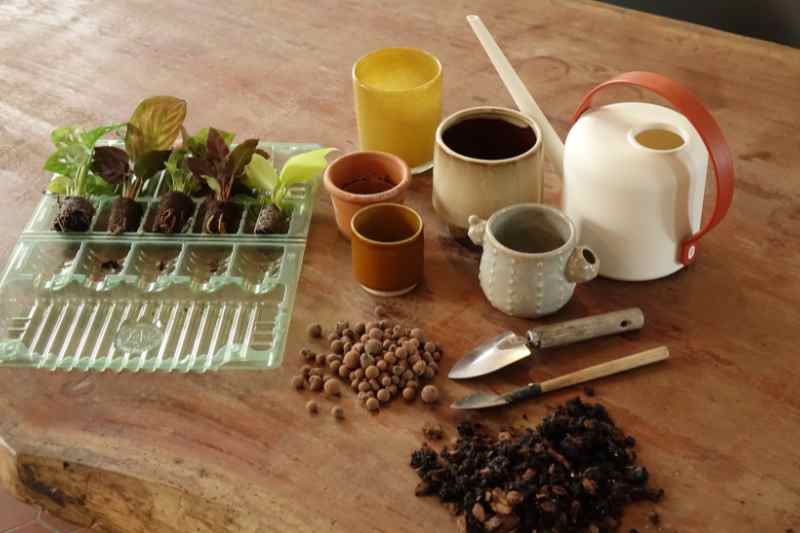
What substrate should you use for plug plants of houseplants?
The choice of substrate for your houseplants depends on the type of plant you are repotting. As a general rule, opt for a light, well-draining, and organic-rich mix, but adapt it according to the specific needs of each plant. If you receive several types of mini-plants, consider preparing different substrates tailored to each:
- Tropical green plants (philodendrons, pothos, calatheas…): a special houseplant compost, enriched with perlite or coconut fibre to improve aeration.
- Succulents: a very well-draining mix, based on light compost mixed with sand, pumice, or fine gravel.
- Cacti: a very mineral substrate, with little or no organic matter. Use a cactus compost.
- Epiphytic plants (like some ferns): a mix of bark, coconut fibre, and perlite, replicating their natural environment.
- Flowering plants (mini-anthuriums, …): a rich but well-draining compost to avoid water stagnation.
What type of pot should you use for repotting plug plants of houseplants?
It is important to avoid planting immediately in a pot that is too large, as this can lead to excess moisture (and thus a risk of root rot). However, it is not obligatory to repot into a very small pot only to repot again shortly after.
The idea is to choose a pot that fits the current size of the plant, leaving a little room for growth without excess. For plug plants, this could be a pot about 10 to 12 cm in diameter—sufficient for several weeks or even a few months, depending on the plant and its development.
Prefer a pot with drainage holes, essential to avoid stagnant water at the bottom. In terms of materials, terracotta is breathable (ideal for plants that dislike moisture), while plastic retains moisture better (useful for tropical varieties).
You can use decorative outer pots, provided the plant is placed in a well-draining inner pot that is easy to remove for watering.
When and how to plant your indoor plug plants?
Materials needed:
- Small pots with drainage holes
- Houseplant compost
- Clay pebbles or small gravel
- Perlite or coconut fibre (optional but recommended)
- Trowel or spoon
- Watering can with a fine beak or spray bottle
Upon receiving your young plug plants, they should be repotted without delay. This allows them to settle quickly and start growing under optimal conditions. Here are the steps to follow:
- Pour a thin layer of drainage material at the bottom of the pot
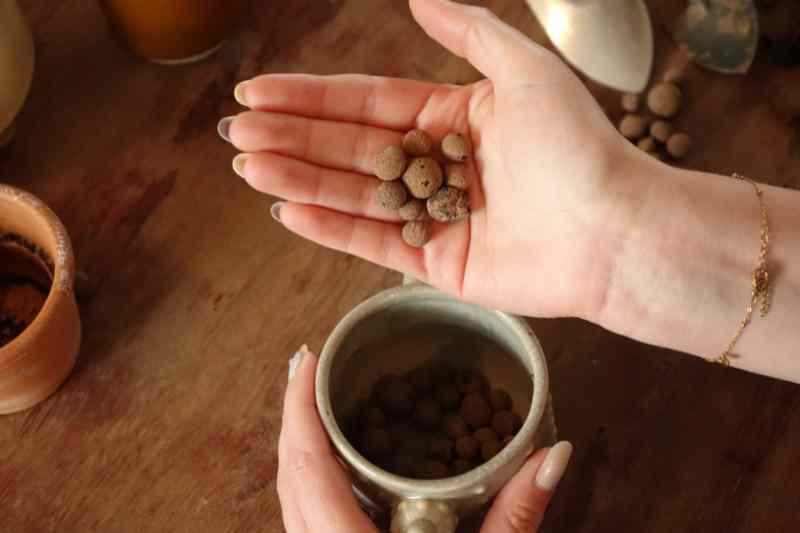
- Fill the bottom of the pot with a first layer of compost.
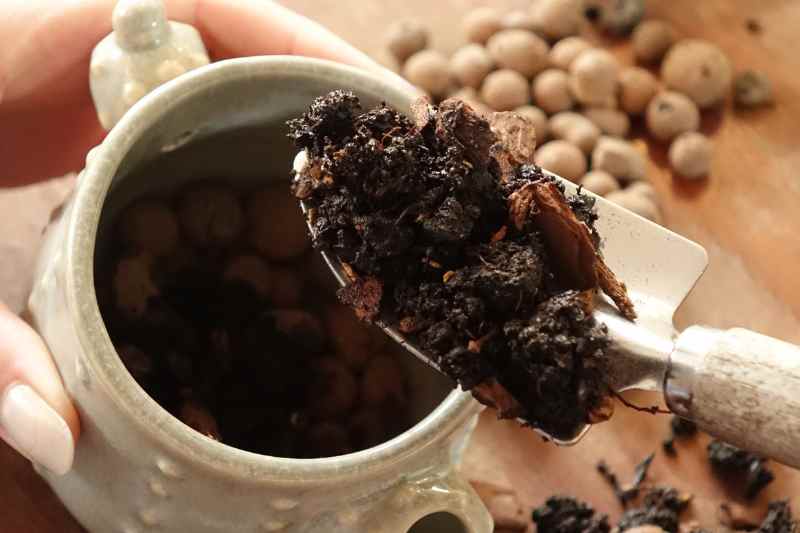
- Using the spoon, dig a small hole in the centre of the pot, slightly wider than the root ball.
- Unwrap the plug plant carefully without breaking the root ball or damaging the roots. If it is dry, you can lightly moisten it to make handling easier.
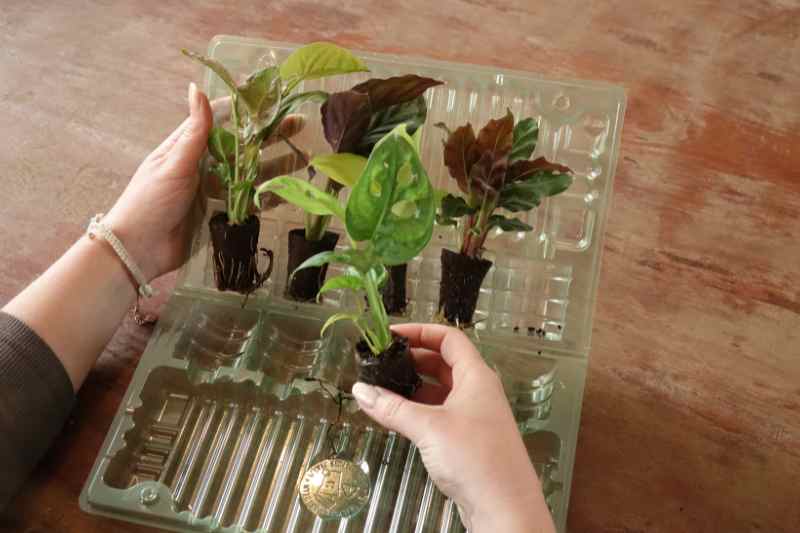
- Place the plug plant in the hole, adjusting the depth so the top of the root ball is level with the surface of the substrate.

- Fill around with compost, using the spoon or your fingers, then lightly firm to stabilise the plant without compacting the soil.

- Water gently, avoiding soaking the substrate: it should be moist but not waterlogged.
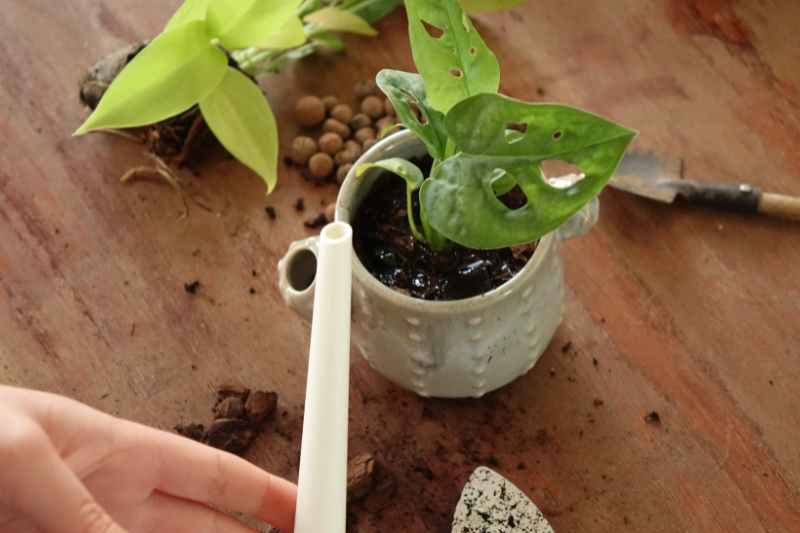
Tip: avoid direct sunlight immediately after repotting—your plants need a little gentleness to recover from the change and facilitate their hardening.
When should you change the pot after the first repotting?
Generally, you can keep the pot used for repotting for several months, as long as the plant is comfortable. Here are the signs that it’s time to move to a larger pot:
- Roots are coming out of the drainage holes or rising to the surface.
- The plant dries out very quickly after watering (the substrate no longer retains water because it is saturated with roots).
- Growth slows down, even though the plant seemed to be thriving.
- The pot becomes unstable, if the plant grows too large or heavy.
In these cases, switch to a pot 2 to 3 cm wider in diameter and take the opportunity to partially renew the substrate.
In summary: as long as the plant is growing well and the roots are not cramped, there’s no need to rush into repotting. But stay attentive—your plants will let you know when they’re ready to move!
































Comments